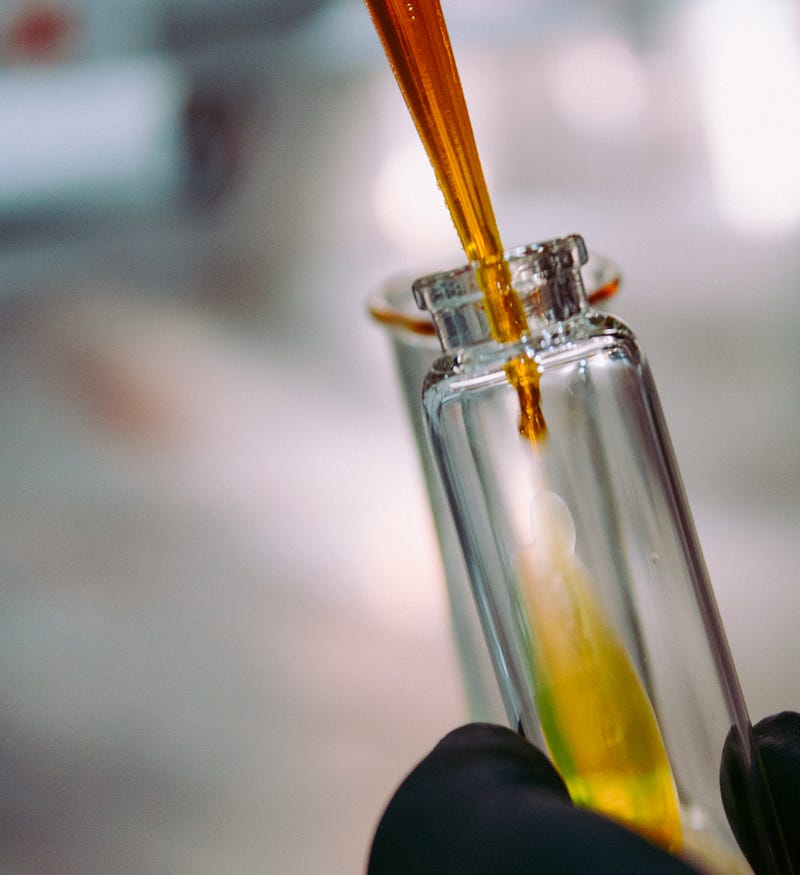Unlocking Brain Cell Renewal: The Role of Oleic Acid
Written on
Understanding the Brain
Our brain is an intricate structure composed of grey and white matter. The grey matter consists of cell bodies, while the white matter is made up of myelin sheaths that protect and enhance signal transmission among brain cells.
When we think about the brain, neurons immediately come to mind. These elongated, specialized cells are crucial for communication within the nervous system. Each neuron features a cell body, known as the soma, and numerous dendrites that resemble branches. A notable part of a neuron is its axon, a long fiber that can stretch hundreds or even thousands of times longer than the soma itself.

A fun fact: the longest axon in the human body belongs to the sciatic nerve, which extends from the lower spine down to the feet. Experiencing lower back pain radiating down your leg? It may be due to a pinched sciatic nerve.
However, the brain is not solely made up of neurons. For instance, microglia serve as immune cells within the brain, responsible for clearing out plaques, damaged neurons, and infectious agents, and may have a role in conditions like Alzheimer's disease.
As we age, the brain undergoes significant changes. Its volume diminishes, making it more susceptible to strokes, and the white matter can develop lesions. Even gene activity within individual cells can decline. While the human brain is a marvel of complexity and interconnectedness, it also has vulnerabilities, as adult neurons typically do not regenerate. There is some capacity for DNA repair, but it often falls short against the effects of aging.
Neurogenesis in Adults
There are limited instances of adult neurogenesis, mainly occurring in two regions: the hippocampus and the subventricular zone. The extent of this neurogenesis in humans is still debated, with research both supporting and challenging its significance.
A recent study involving mice and cell cultures has revealed that oleic acid can activate a receptor that encourages the development of brain stem cells into fully mature neurons. The researchers began by examining human neuroprogenitor cells—cells that eventually mature into neurons. These cells exhibited various monounsaturated fatty acids (MUFAs), with oleic acid (MUFAs 18:1) being crucial for cell survival, unlike saturated fatty acids.
To further understand oleic acid's effects, scientists modeled its structure and identified possible receptor targets. They discovered that oleic acid fits perfectly into the TLX receptor, an orphan receptor known to be vital for the self-renewal of neuroprogenitor cells.
The researchers conducted additional experiments in Petri dishes, observing that when oleic acid bound to TLX, it facilitated the recruitment of coactivators—molecules that promote the expression of genes necessary for cell growth.
Subsequently, they injected oleic acid into the dentate gyrus of mice. The results were promising: young mice exhibited a significant increase in proliferating neural stem cells and their progeny 24 hours post-injection.
In older mice, oleic acid also triggered notable proliferation of these cells. The researchers concluded that oleic acid treatment effectively stimulates TLX-dependent neurogenesis, providing a foundation for future research on preserving neural stem cells during aging and disease.
However, it's important to note that while mice possess neuroprogenitor cells and TLX receptors, they are not human. Moreover, the study did not explore the potential cognitive or physiological effects of increased neurogenesis, nor its impact on lifespan or brain health.
Thus, while injecting olive oil into your brain is not recommended, this research may offer further insight into why the Mediterranean diet—rich in olive oil—correlates with healthier brain aging.
Chapter 1: The Science Behind Oleic Acid
In this video, Dr. David Sinclair discusses the biological mechanisms of aging and how certain compounds may help slow or even reverse the aging process.
Chapter 2: Activating Autophagy and Mitophagy
This video explores six natural compounds and lifestyle choices that can activate autophagy and mitophagy, processes crucial for cellular health and longevity.
Thank you for reading! If you’re interested in exploring broader topics in science, philosophy, and technology, consider subscribing to my newsletter, Thinking Ahead. It’s a free resource designed to provoke thought without cluttering your inbox.